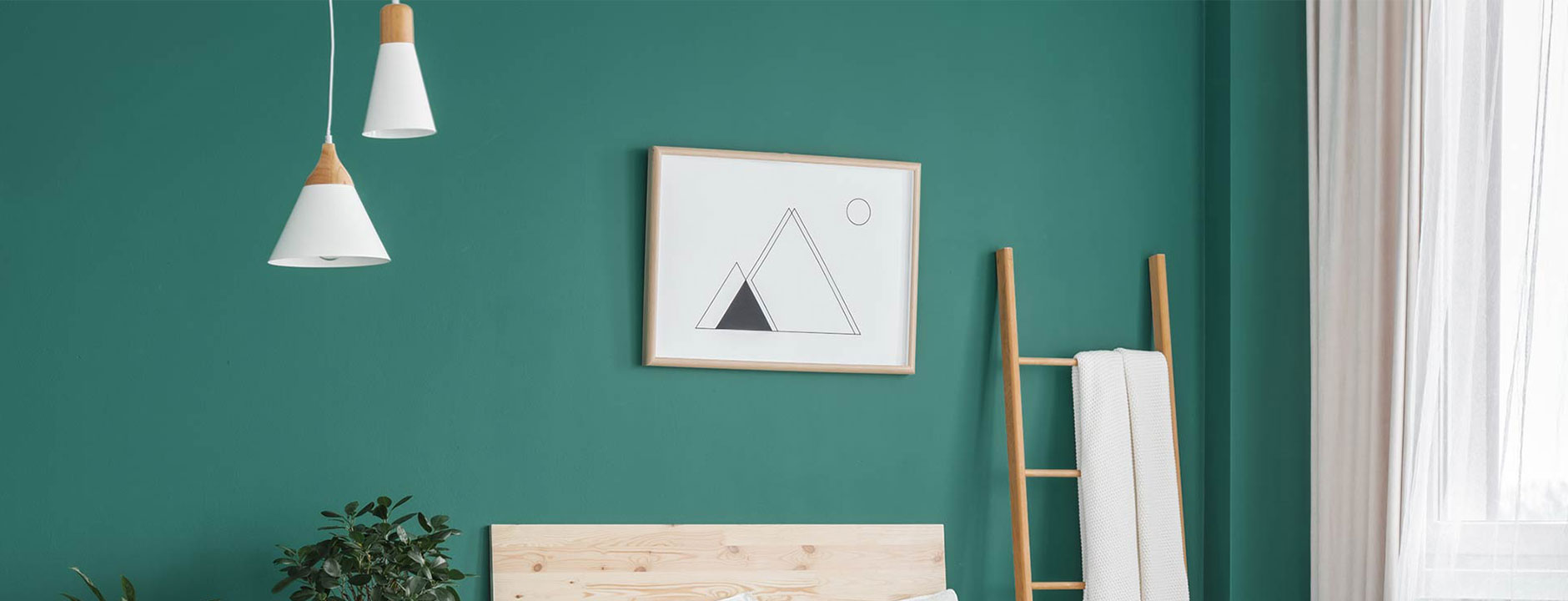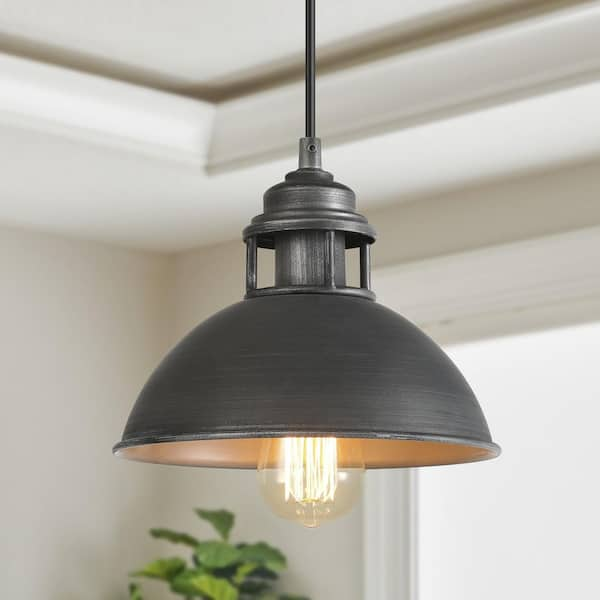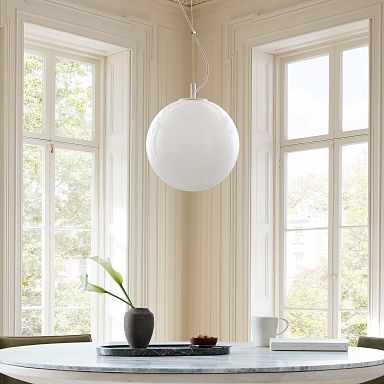How to Choose the Perfect Necklace Light to Enhance Your Interior Decoration
Selecting the excellent pendant light requires cautious consideration of numerous aspects. The design must align with the total design, while size plays a crucial function in guaranteeing appropriate proportion. Color and finish choices can enhance aesthetic appeal. In addition, reviewing light outcome is essential for performance - Pendant Light. Recognizing these aspects can change a room, creating an inviting environment. The procedure involves more than just looks; there are usefulness that must also be dealt with.
Comprehending Various Pendant Light Styles
Pendant lights are available in a range of styles, each offering special visual and useful benefits. From industrial styles that feature revealed light bulbs and steel coatings to stylish glass fixtures that evoke a sense of refinement, the options are vast. Contemporary necklace lights commonly stress minimal forms and tidy lines, while vintage-inspired designs might include complex detailing and cozy tones.
For those looking for a rustic appeal, components made from all-natural products like wood or rattan supply a comfy feeling. In addition, multi-light pendants can work as statement items, incorporating a number of bulbs in a single design for significant result.
Each design adds in different ways to a room, affecting the general atmosphere and character. Comprehending these diverse necklace light styles permits developers and property owners to make informed choices that straighten with their interior layout vision, improving both functionality and aesthetic appeal in their settings.
Figuring Out the Right Dimension for Your Area
When selecting a necklace light, properly determining the ceiling height is essential for achieving the right equilibrium in a room. Furthermore, calculating the range of the component in relation to the surrounding room guarantees that the light enhances instead than overwhelms the layout. These elements play a crucial role in producing a harmonious interior setting.
Step Ceiling Elevation
To attain an aesthetically pleasing style, measuring ceiling elevation is essential for choosing the appropriate dimension of necklace light. The elevation of the ceiling straight influences the range and percentage of the lighting fixture. In rooms with common eight-foot ceilings, pendant lights should typically hang around 30 to 36 inches over the surface area below, such as a dining table or cooking area island. For higher ceilings, adjustments should be made accordingly, as a higher setup can create a much more remarkable result. It is very important to mirror on the total room dimensions and design when determining the optimal elevation. Precise dimensions help guarantee that the pendant light not just complements the room's design yet also offers sufficient illumination without overwhelming the space.
Calculate Component Scale
Picking the right size for an illumination component is crucial for producing harmony in a space's design. To determine component scale, one should think about the measurements of the space. An usual guideline involves including the space's size and size in feet, which supplies a perfect size in inches for a necklace light. A space gauging 10 feet by 12 feet recommends a fixture size of about 22 inches. In addition, the height of the ceiling plays an essential function; taller ceilings may accommodate bigger fixtures. Ensuring the pendant hangs at an appropriate elevation-- normally 30 to 36 inches above surface areas-- additional enhances functionality and aesthetic charm. Effectively scaled components can transform a space, making it feel inviting and well-coordinated.
Taking Into Consideration Color and End Up Choices
When picking a pendant light, the interaction of shade and surface can greatly influence the overall visual of a space. Working with the light's shade palette with existing style guarantees an unified design, while the selection of surface product can improve appearance and style. Thoughtful factor to consider of these elements is critical for achieving a natural look in interior decoration.
Color Palette Sychronisation
Color scheme control plays a vital duty in attaining an unified indoor design, specifically when choosing pendant lights. Picking a necklace light that complements the existing color design enhances the general visual. For example, a light with warm tones can produce a cozy environment in an area full of natural hues, while cooler tones might harmonize efficiently with a contemporary, minimalist combination. It is vital to consider the leading shades in the space, guaranteeing that the pendant light either mixes seamlessly or offers a striking contrast. Additionally, integrating accent colors from the combination can connect the style with each other, developing a natural appearance. Eventually, thoughtful shade control boosts the aesthetic effect of the necklace light within the indoor layout plan.
Complete Material Considerations

The option of finish products for necklace lights considerably influences the general design aesthetic of a room. Various surfaces, such as matte, glossy, or distinctive, can produce differing aesthetic impacts. A refined metal coating may stimulate a contemporary, industrial ambience, while a matte or cleaned finish can provide a softer, more natural feel. Shade options, varying from traditional blacks and whites to dynamic tones, likewise play a crucial duty in balancing with existing decor. In addition, materials such as glass, wood, or ceramic can boost the pendant's personality and enhance surrounding aspects. Ultimately, choosing the appropriate finish product guarantees the pendant light not only brightens but additionally enhances the space's design narrative.
Analyzing Light Output and Capability
Light output and performance are fundamental variables in selecting the suitable necklace light for any space. Reviewing the illumination of a pendant light entails comprehending lumens, which measure the overall light released. A greater lumen count normally shows a brighter light, important for tasks such as analysis or food preparation. Additionally, the shade temperature, measured in Kelvin, impacts the setting; warmer tones develop a comfortable environment, while cooler tones advertise performance.
Capability expands past illumination to include the fixture's style and placement. Flexible necklaces can give versatile illumination for different activities, while fixed choices include a declaration to the decoration. Thinking about the height at which the pendant will certainly hang is essential, as it affects both light distribution and security. Ultimately, a well-assessed Recommended Reading light output and functionality will guarantee that the picked necklace light satisfies both aesthetic and practical requirements in the designated space.
Matching Pendant Lighting With Your Interior Decoration Style
How can one guarantee that necklace lights boost the total interior style style of a space? The vital depend on choosing fixtures that resonate with the well-known visual. In a minimalist setup, straightforward and smooth designs in neutral colors can create a natural look. Conversely, a vintage-themed area may gain from luxuriant pendant lights, including elaborate designs or cozy tones that evoke fond memories.
Additionally, considering the material and coating of the pendant light is essential. Steels like brass or copper can include a touch of beauty to a contemporary area, while timber elements might enhance rustic interiors.
Shade harmony additionally plays a considerable function; picking shades that line up with the space's palette guarantees that the lights really feels integrated as opposed to misplaced. Eventually, the best necklace lights should not only illuminate however likewise work as a stylistic extension of the overall style, boosting the setting and personality of the room.
Setup and Positioning Tips for Maximum Influence

In larger rooms, consider utilizing larger clusters or pendants to avoid them from really feeling lost in the space. For an open-concept design, aligning the pendants with various other style elements, like countertops or furniture lines, fosters communication. In addition, dimmer buttons can improve adaptability, permitting adjustable atmosphere. Ultimately, thoughtful installment and positioning of pendant lights can transform the aesthetic appeals and functionality of any interior layout.
Often Asked Questions
What Are the most effective Materials for Pendant Lighting?
The ideal materials for necklace lights include glass for sophistication, metal for resilience, and textile for warmth. Each material provides distinct aesthetics, enabling designers to produce versatile lights services that improve numerous indoor styles and environments.
Exactly how Do I Preserve and Clean Necklace Lighting?
Keeping and cleaning pendant continue reading this lights includes routine cleaning, making use of a wet towel for surfaces, and utilizing mild cleansers for glass parts. Regular checks for loosened fittings assure safety and security and extend the life-span of the components.

Can Pendant Lights Be Dimmable?
The question of whether pendant lights can be dimmable is relevant for many. Extra resources Numerous designs use dimmable attributes, allowing users to adjust brightness, boosting setting and capability. Compatibility with dimmer buttons is vital for peak efficiency.
What Is the Life Expectancy of Normal Pendant Light Bulbs?
The life expectancy of typical pendant light bulbs differs substantially. Incandescent bulbs last regarding 1,000 hours, while compact fluorescent lights (CFLs) can last 7,000 to 15,000 hours. LED bulbs provide the longest life-span, getting to up to 25,000 hours or more.
Are Pendant Lighting Suitable for Outdoor Usage?
Necklace lights can be appropriate for outdoor use, yet they have to be especially created for such atmospheres. Weather-resistant materials and appropriate installment are important to guarantee toughness and security against elements like dampness and wind.
Shade combination sychronisation plays a vital role in achieving an unified interior layout, especially when selecting pendant lights. The option of coating materials for necklace lights significantly influences the general design visual of a space. Light outcome and capability are basic aspects in selecting the suitable necklace light for any type of area. Evaluating the illumination of a necklace light involves recognizing lumens, which measure the total light produced (Pendant Light). Exactly how can one guarantee that pendant lights boost the general indoor style motif of an area?